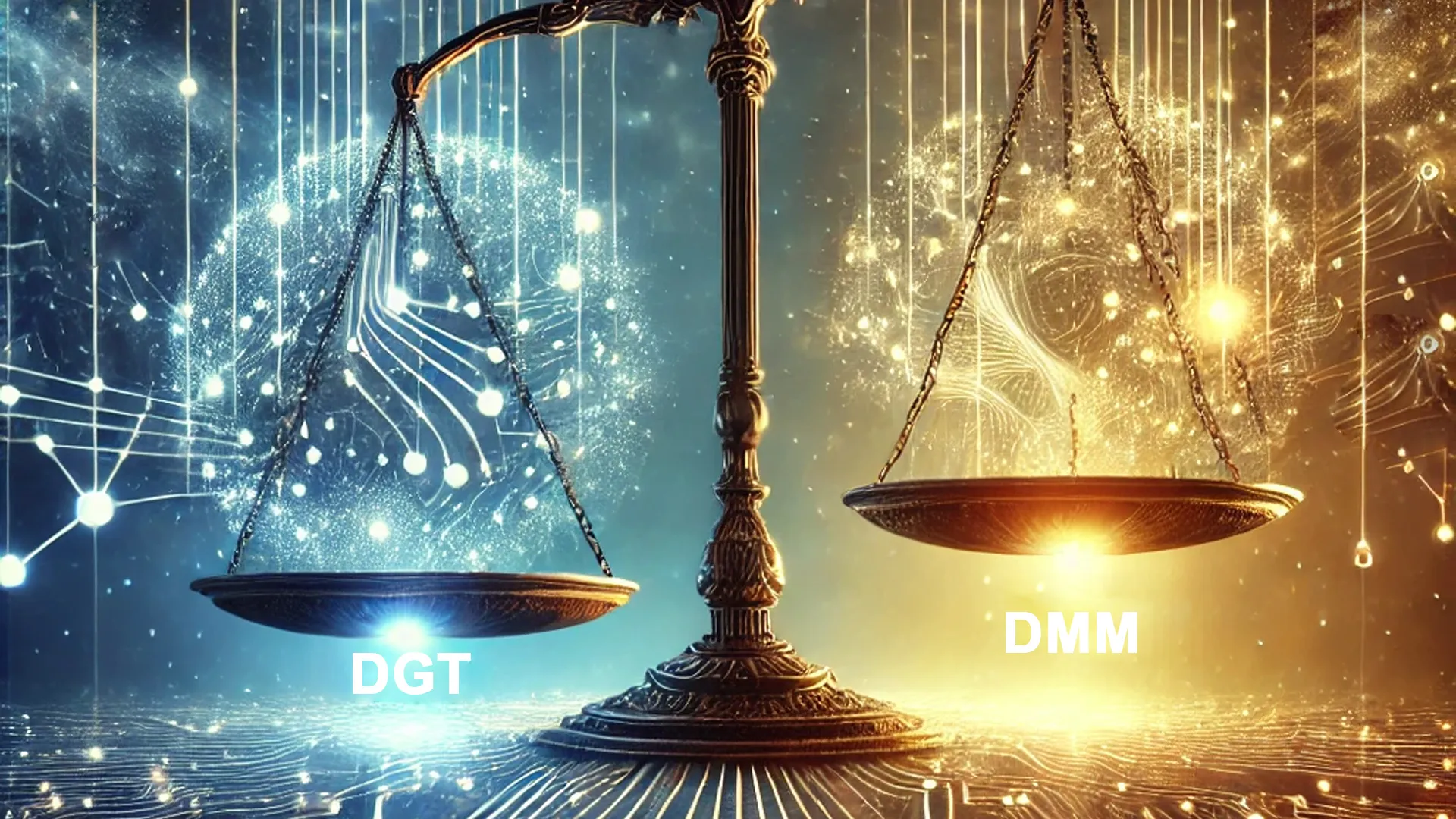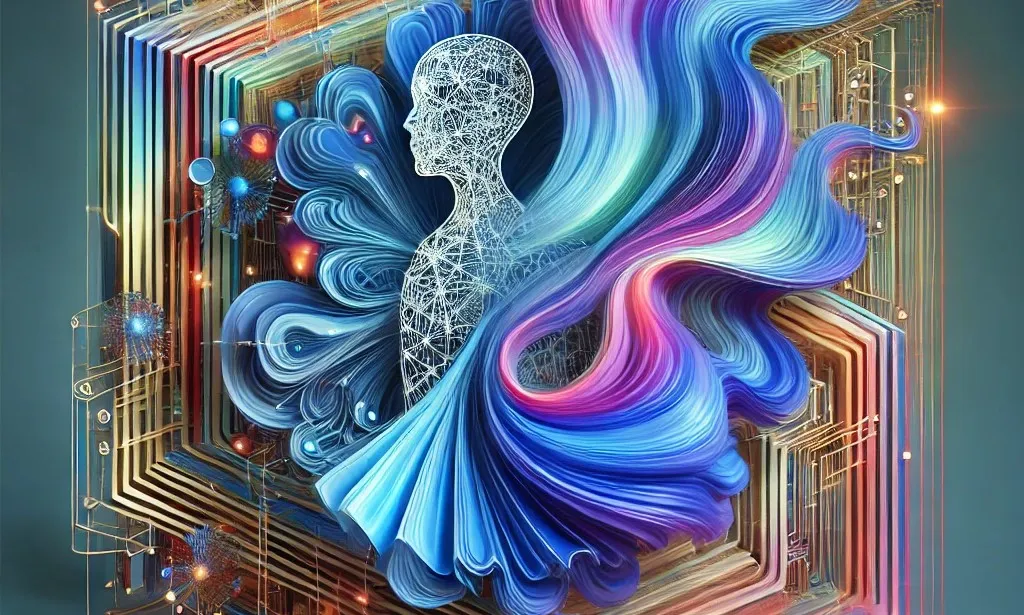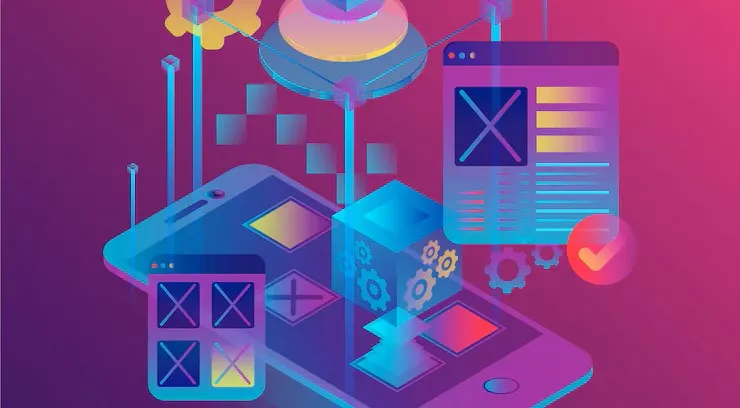February 25, 2025
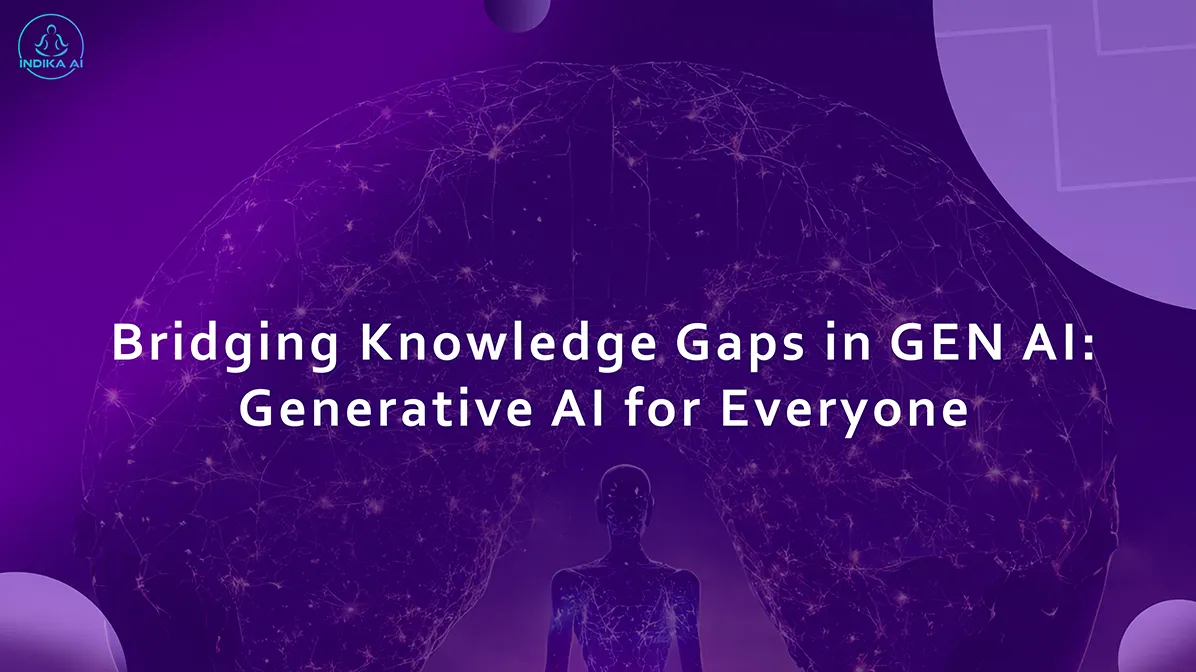
Welcome to generative AI for everyone. Since the release of ChatGPT, AI specifically, Generative AI has caught the attention of many individuals, corporations, and governments.
It is a very disruptive technology that's already changing how many people learn and work. Many developers think that generative AI will empower many people and lead to productivity gains, and also make a significant contribution to global economic growth. But there could be downsides as well, since it's job loss or worse that some people worry about. In this article , you learn what generative AI is. What it can and cannot do, and also how to use it in your own work or business. Because generative AI is so new, there is still a lot of misinformation out there, and so in this article, I hope to convey an accurate non-technical understanding of what it really is. It also works for you to think through how you can best make use of this technology. This course does not assume any technical or AI background and is designed to be useful to anyone in business, science, engineering, the humanities, arts, or other sectors so, let's dive in.

Generative AI had caught the mainstream attention starting around November 2022 when OpenAI released ChatGPT and its momentum has continued unabated according to McKinsey, it could add $2.6 to $4.4 trillion annually to the economy. Goldman Sachs estimates it could raise global GDP by 7% in the next decade, and a study by OpenAI and UPenn estimates that it could impact 10% of the work or tasks carried out daily by over 80% of workers in the United States. The same study also estimates that there is a 20% of workers whose work or task is more than 50% impacted by generative AI, and so studies like these lead to hope for a tremendous productivity gain, as well as worries about job loss through automation.
What is generative AI?
This term refers to AI, or artificial intelligence systems that can produce high-quality content, specifically text, images and audio. One of the best-known generative AI or GenAI systems is OpenAI's ChatGPT, which can follow instructions to carry out tasks like write three captions for a social media posts about our new line of sunglasses for robots, and generate a variety of creative outputs. Many users are familiar with websites or direct consumer applications that can generate texts like this. Other examples include Bard, which is offered by Google, as well as Bing Chat offered by Microsoft. But there are now many companies that are offering user interfaces that let you type in some texts called a prompt and will generate a response. But beyond these consumer applications, there's one other application of generative AI that I think may turn out to be even more impactful in the long term, which is the use of generative AI as a developer tool. AI is already pervasive in our lives and many of us use it dozens of times a day or more without even thinking about it. Every time you do a web search on Google or Bing, that's AI. Every time you use your credit card, there's probably an AI checking if it really is you using your credit cards or every time you go to a website like Amazon or Netflix and it recommends products of movies to you, that's AI. But many AI systems have been complex and expensive to build, and generative AI is making many AI applications much easier to build. This means that the number and variety of AI product offerings is blossoming because it's becoming much cheaper to build certain AI applications compared to before. In this article, one of the things we'll touch on a few times as well will be how generative AI may allow your business to much more inexpensively build very valuable AI applications, and you learn best practices for identifying and exploring whether or not such applications might be useful for a given business. I've described generative AI as generating text, images and audio, and of these three types of contents, the biggest impact so far has been on text generation. But it can also generate images where given instructions, a different type of prompt. It can generate beautiful images like this one, or even a photo-realistic image like this.
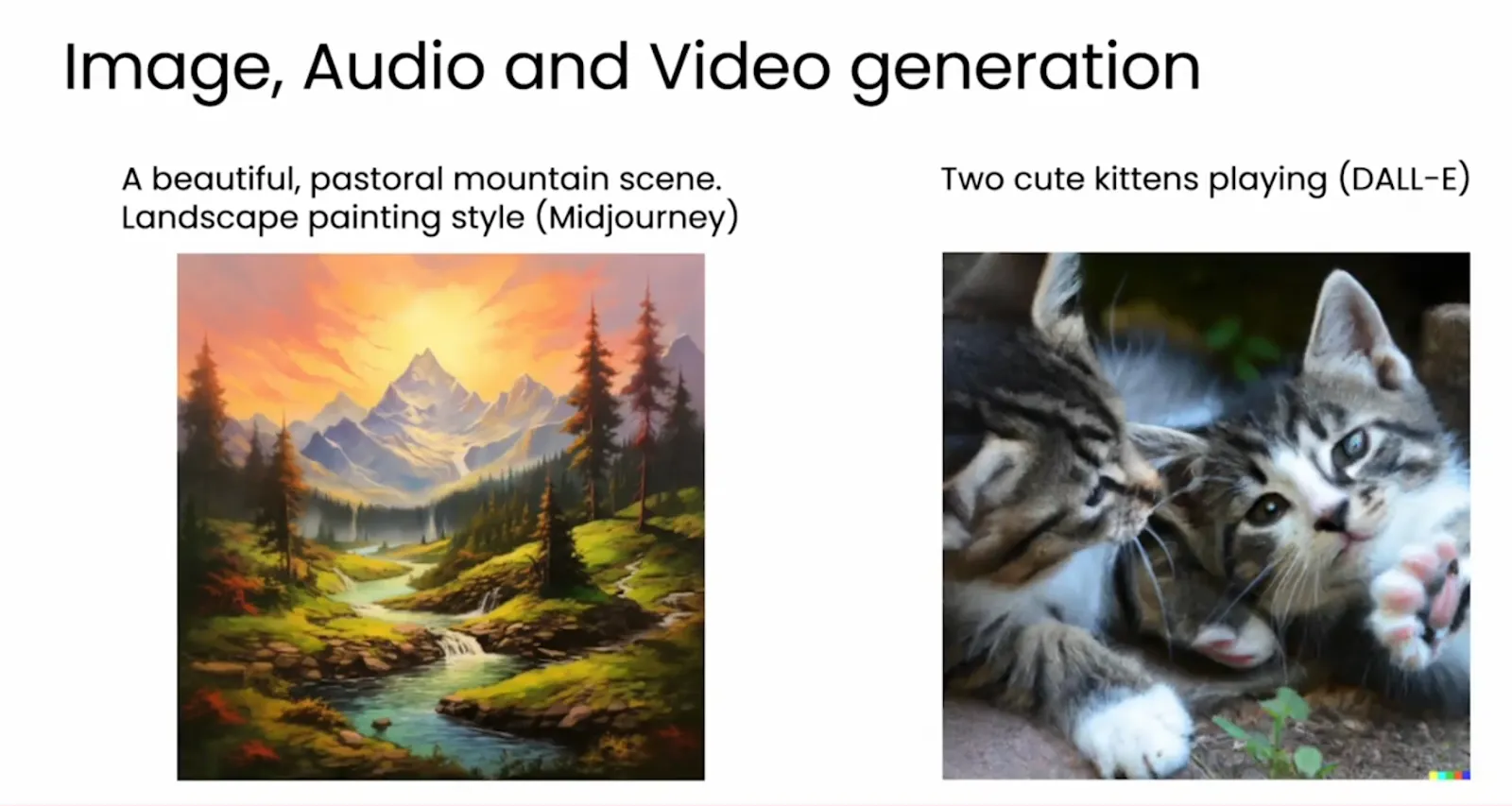
Generative AI can also generate audio. For example, here is a voice clone of me. Hi, I'm an AI-generated voice clone of Nitin. Nitin never actually said these words. Isn't that cool? You can also put audio together with image or even video generation to create a video clone of me like this. Hi, I'm a video clone of Nitin. It's nice to meet you. There's a lot going on in generative AI, and this is an exciting and disruptive technology that I'm confident you will find useful in your work. In this article, we'll go through how generative AI technology actually works and specifically what it can and cannot do, and you also see a variety of common use cases that I hope will help spark your creativity to how you may use it to create value in your life on your work. Specifically how to identify useful generative AI applications, as well as best practices for how to go about building them, and we'll take a deeper dive into the range of technology options for building a variety of valuable projects. In the final week, we will zoom out beyond a single project to look at how generative AI will impact businesses as well as society at large. We'll look at some best practices for how teams where a company can take advantage of generative AI and also take a look at AI risks and how to make sure that what we do with AI is responsible and benefits people. I'm excited to dive into this material with you. Until that let's go on to the next video where we'll go through a non-technical description of how generative AI technology actually works.
